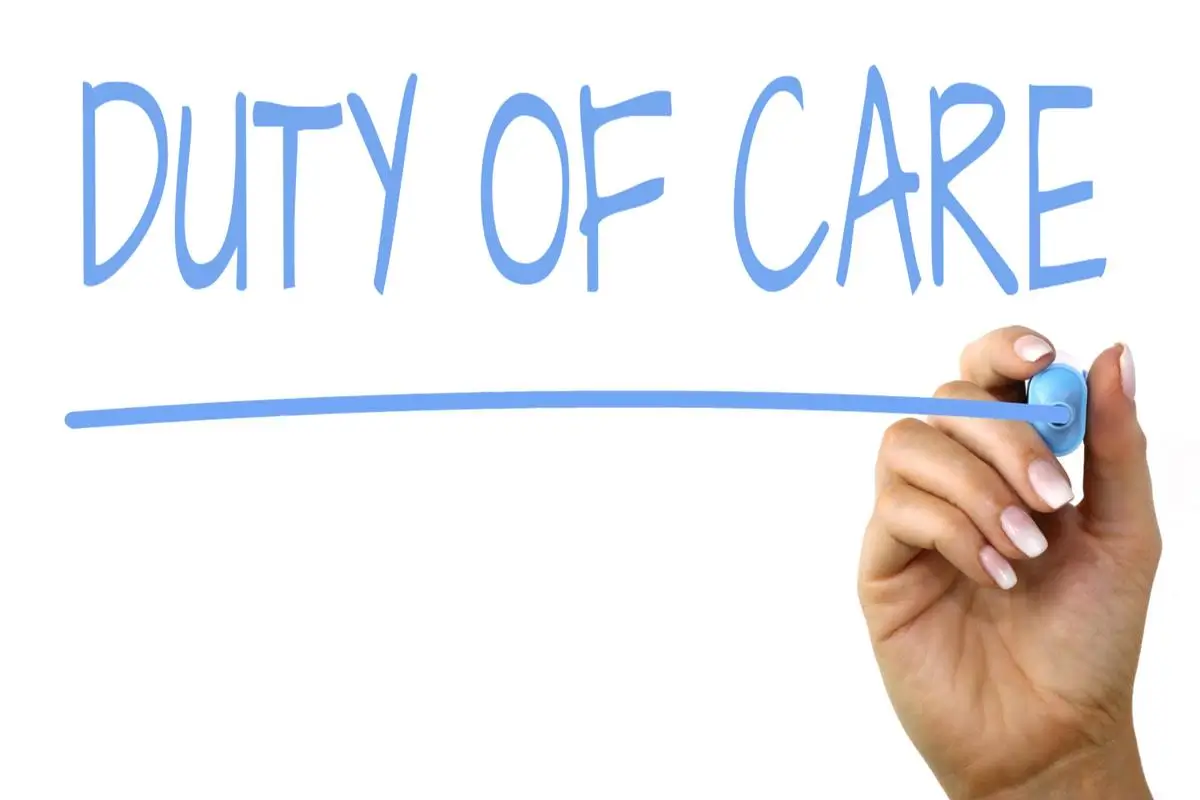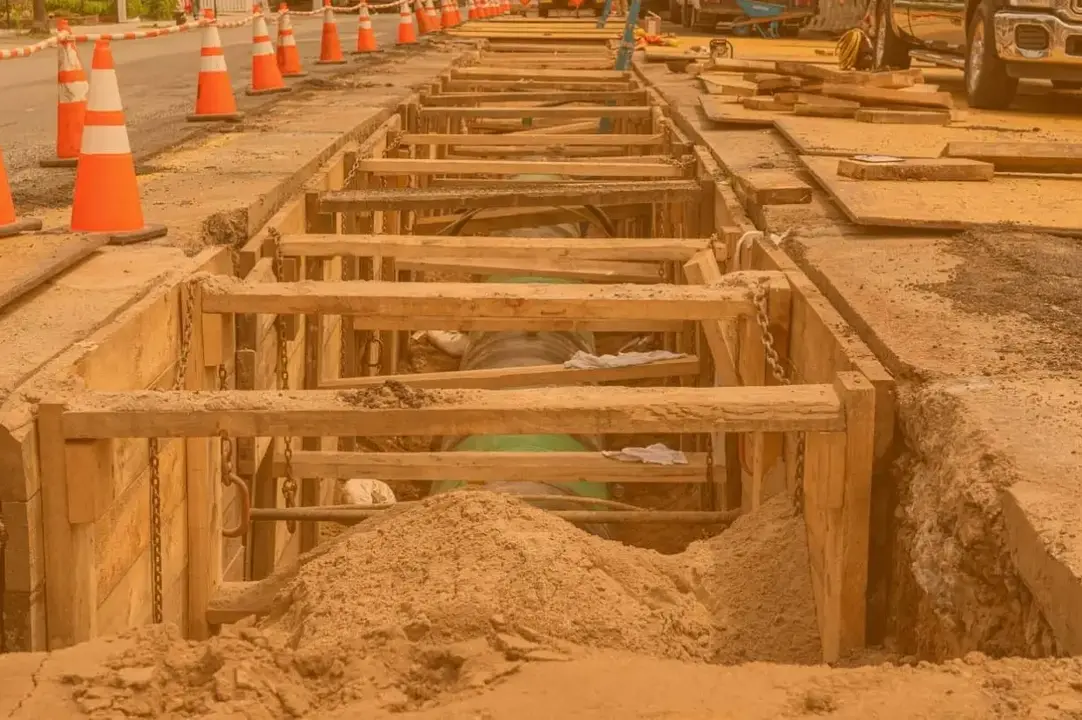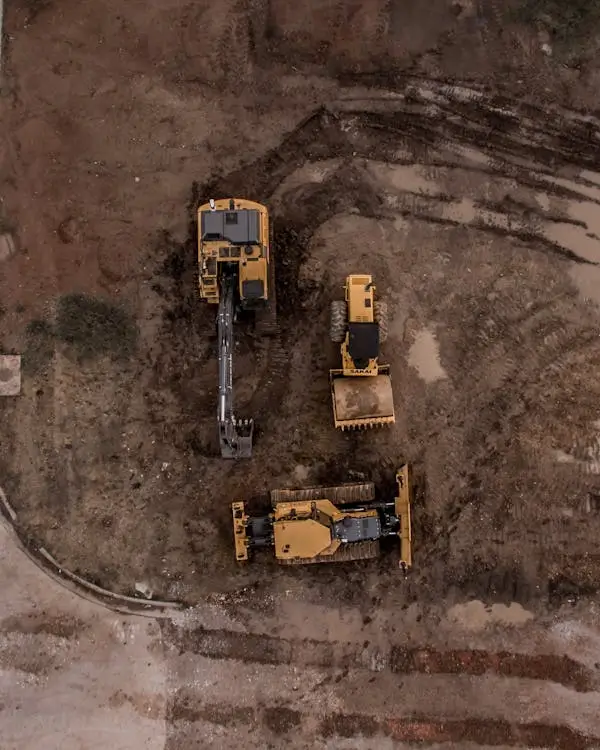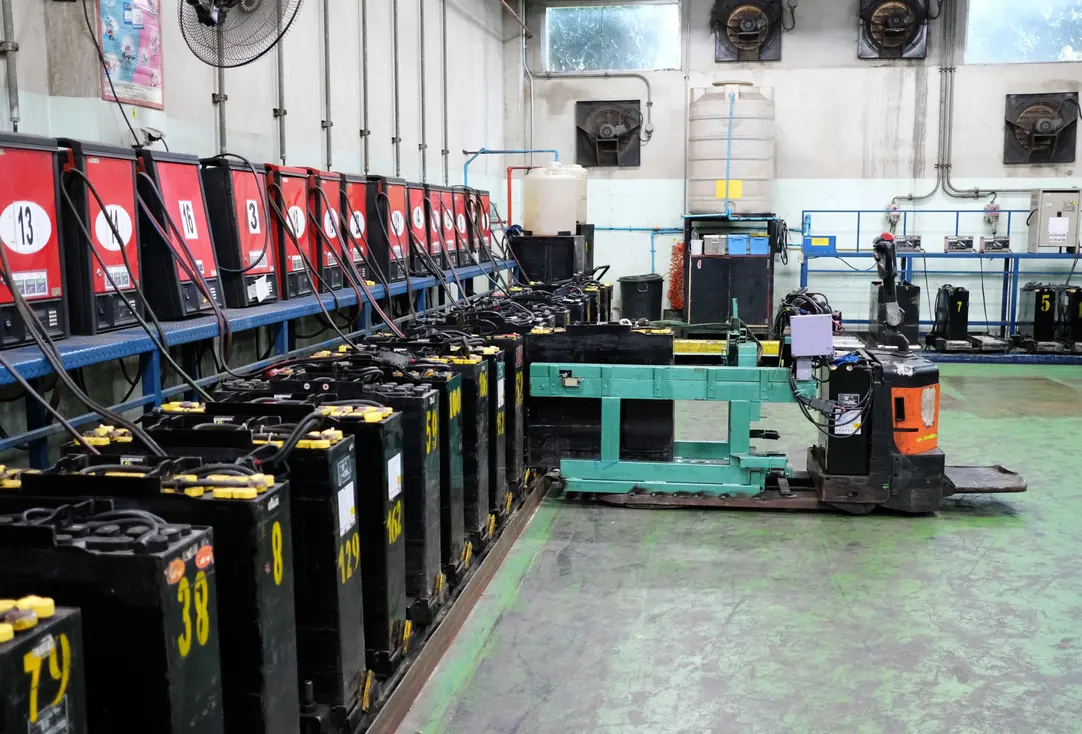7 Best Online Platforms for Workplace Injury Claim Management
An effective workplace injury claim management platform reduces administrative burden, speeds first-report-of-injury (FROI) intake, improves return-to-work outcomes, and lowers claim leakage. The list below focuses on platforms proven for managing workplace injuries end-to-end (incident capture → medical case management → claims adjudication → return-to-work) and includes a short explanation of why each platform ranks among … Read more









